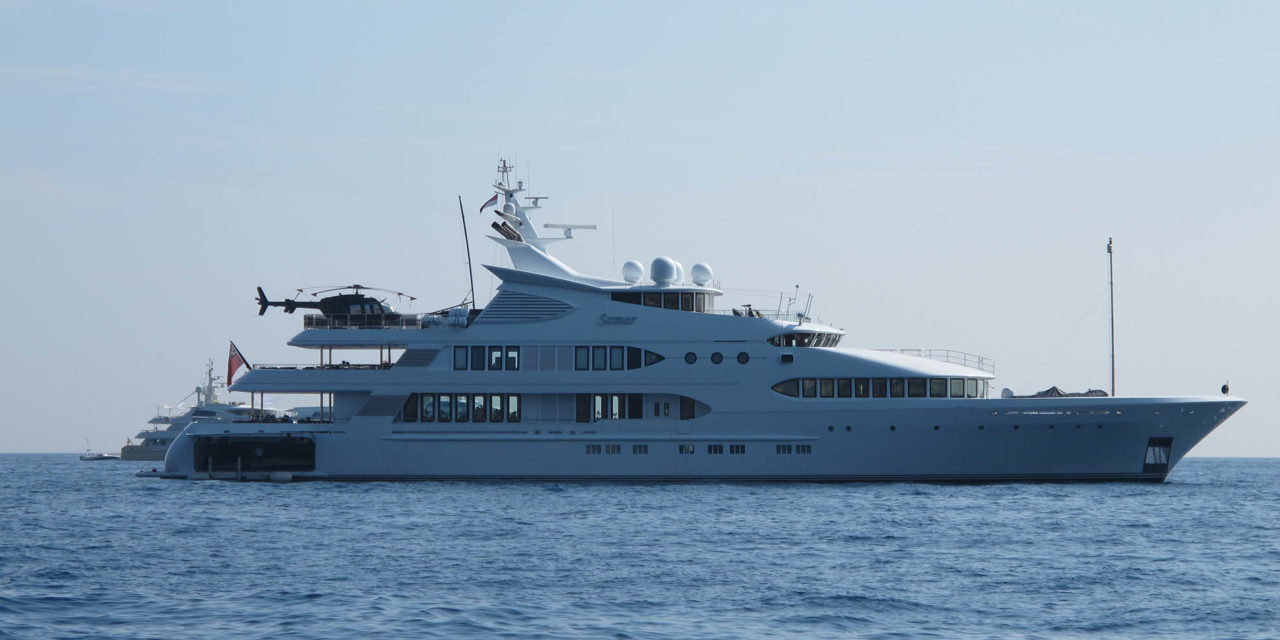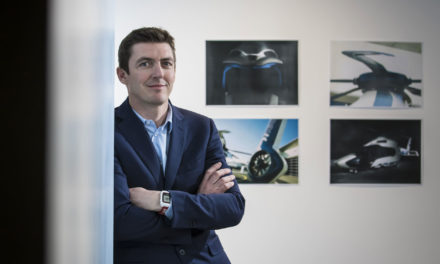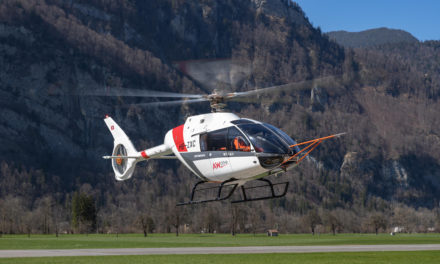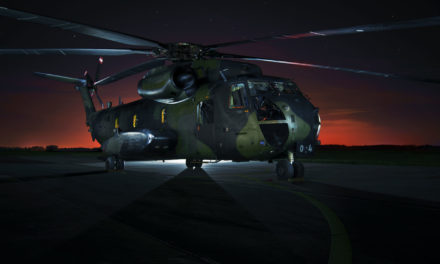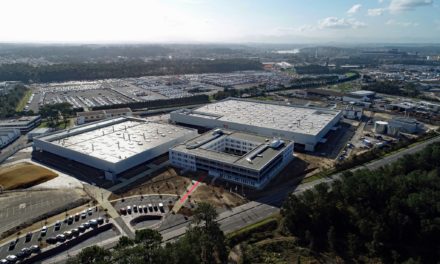Heli-yachting is one of the most exciting aspects of the aeronautical industry. An owner’s decision to embark on the journey is monumental, and a true case of cross-sector cooperation. From the initial decision-making and management, to the build or purchase of a helicopter-capable yacht and the helicopter to fly from it – and all the financial and administrative decisions that accompany it – heli-yachting requires experienced professionals to work together to fulfil the principal’s vision.
By Nigel Watson*
Helicopter support for luxury yachts is becoming increasingly popular, and it’s not hard to see why. Not only are helicopters incredibly safe and sophisticated machines, they secure an unmatched level of privacy of movement for the owner. As an aircraft built for point-to-point flying, they are incredibly efficient, fast logistical support tools, connecting the vessel to other yachts, remote residences and estates, as well as city-centres. As helicopter operators, we have truly seen it all when it comes to how these aircraft can be used. They convert quickly and easily from VIP passenger transport flights to moving all kinds of material in support of the yacht crew, making them an invaluable tool for any yacht-based operation.
Patience
However, flying helicopters onto luxury yachts is a highly complex logistical endeavour. It takes time and patience. This is not only true for the running of the operation, but also for all the steps leading up to it. With regard to helicopter operations, the design and build process of the vessel can take four or more years. Two or more years should be factored in for the specifying and purchasing of a helicopter. Properly recruiting the perfect aircrew can take up to 6 months. And finally, there is the long-term daily supervision of the operation once the setup is complete. The best way to ensure safe flying is to work with an experienced helicopter operator from the outset of the build project – ideally one that manages powerful helicopters, employs well-trained and experienced aircrew, and has a thorough understanding of the sector.
Care
While Heli-yachting started out as a relatively small sector of our industry, it is today almost considered the norm. Nowadays, helicopter-capable yachts are design marvels – awe-inspiring examples of what the talented people in our industry are capable of creating. However, the term ‘helicopter-capable yacht’ was once a misnomer. The vessels previously presented as fit-for-purpose came in all shapes and sizes, and they did not always guarantee a safe operation.
Partially this was because thirty years ago there were no clear guidelines. Since then, industry experts have worked together to create proper legislation – initially as CAP 437, gradually becoming what we today call the Large Yacht Code. The ground rules are simple: build your heli-deck big enough and strong enough to take the heaviest helicopter you envisage landing on it without obstruction; properly equip it and provide rules for normal and emergency operations; and hire trained, competent people to run it.
From this basic standpoint, the experience is then tailored to the wishes of the owner. Super-yachts today are becoming more complex; the rising popularity of adventure-yachting has created a surge of innovation. We increasingly see larger landing spaces, additions of on-board hangars, and multiple heli-decks. These advances are by no means limited to the helicopter side of yachting – they are in fact arguably more prevalent in the other aspects of a vessel build. This poses a danger in the sense that appropriate air integration can become a lower priority; this is when mistakes happen. The proper levels of attentiveness, knowledge, and care must be afforded to the project. Today, we thankfully find ourselves at a stage where Heli-yacht integration should be well understood and requires little intervention when suitably overseen.
Service
Nevertheless, heli-deck operations remain a dangerous and high-risk part of operating a super-yacht, and should not be taken for granted. An exceptional level of service is necessary for safe flying in such conditions. You need the best people on your team, properly trained and willing to go the extra mile to ensure a safe operation.
For the helicopter crew, this means recent and extensive experience, longevity in the industry, a confident and reassuring attitude, and excellent communication – look for a cross between Tom Cruise in Top Gun, and Father Christmas.
As helicopter design advances, the technical team becomes continuously more important. Today, teams should include a dedicated technician flying as a safety crew member, as well as an avionics technician in the organisation.
On the vessel side, a helideck team must be appointed. The yacht crew on this team must organise, manage and support all helicopter movements associated with the vessel, requiring proper training and outstanding communication.
Responsible helicopter operators know the operation must be realistic, achievable, and measurable; a large part of this is working in close communication with the owner. We must understand their objectives and needs and ensure we do the very best to achieve them, but at the same we must make sure that the owner is fully aware of our limitations. There will come a time when we are asked to fly when it is not safe to do so. At that point, it is our job to say one of the hardest words in our industry: no. At that particular moment we may disappoint the owner, but this may save their life.
Heli-yachting relies on team-work and communication – between the owner, their representatives, the helicopter operator, designers, naval architects, brokers, technicians, pilots, yacht crew, and countless other stakeholders. The only way to ensure success is to have early and consistent involvement from helicopter experts, such as the ones at Luviair. Our strategic aviation consulting services utilise over thirty years experience in the industry. Heli-yachting may be an exercise in patience, care and service, but it does not have to be difficult. Remember to enjoy the experience, and fly safe!
*Nigel Watson, an industry specialist with 40 years experience, is the Founder and CEO of Luviair, a Helicopter Management company based on the Isle of Man.

